Have you ever heard that it’s possible to buy property on the Moon? Perhaps someone has told you that, thanks to certain loopholes in the legal code, it is possible to purchase your very own parcel of lunar land. And in truth, many celebrities have reportedly bought into this scheme, hoping to snatch up their share of land before private companies or nations do.
Despite the fact that there may be several companies willing to oblige you, the reality is that international treaties say that no nation owns the Moon. These treaties also establish that the Moon is there for the good of all humans, and so it’s impossible for any state to own any lunar land. But does that mean private ownership is impossible too? The short answer is yes.
The long answer is, it’s complicated. At present, there are multiple nations hoping to build outposts and settlements on the Moon in the coming decades. The ESA hopes to build a “international village” between 2020 and 2030 and NASA has plans for its own for a Moon base.
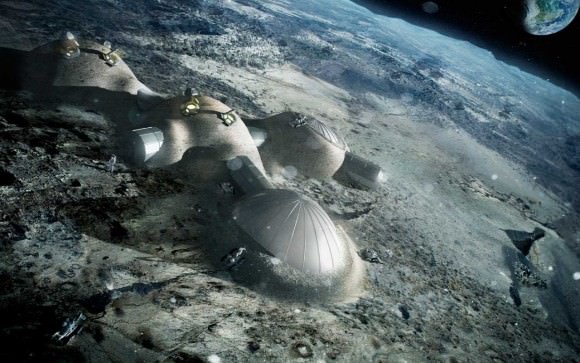
The Russian space agency (Roscosmos) is planning to build a lunar base by the 2020s, and the China National Space Agency (CNSA) is planning to build such a base in a similar timeframe, thanks to the success of its Chang’e program.
Because of this, a lot of attention has been focused lately on the existing legal framework for the Moon and other celestial bodies. Let’s take a look at the history of “space law”, shall we?
Outer Space Treaty:
On Jan. 27th, 1967, the United States, United Kingdom, and the Soviet Union sat down together to work out a treaty on the exploration and use of outer space. With the Soviets and Americans locked in the Space Race, there was fear on all sides that any power that managed to put resources into orbit, or get to the Moon first, might have an edge on the others – and use these resources for evil!
As such, all sides signed “The Treaty on Principles Governing the Activities of States in the Exploration and Use of Outer Space, including the Moon and Other Celestial Bodies” – aka. “The Outer Space Treaty”. This treaty went into effect on Oct. 10th, 1967, and became the basis of international space law. As of September 2015, it has been signed by 104 countries (while another 24 have signed the treaty but have not competed the ratification process).
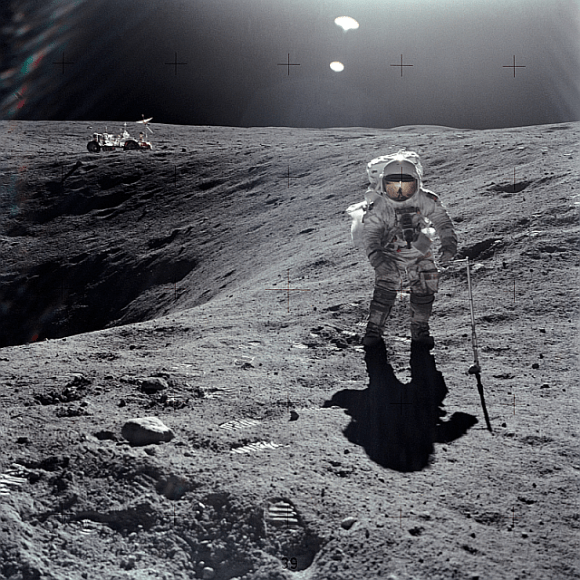
The treaty is overseen the United Nations Office for Outer Space Affairs (UNOOSA). It’s a big document, with lots of articles, subsections, and legalese. But the most relevant clause is Article II of the treaty, where it states:
“Outer space, including the moon and other celestial bodies, is not subject to national appropriation by claim of sovereignty, by means of use or occupation, or by any other means.”
“Loophole” in the Treaty:
Despite clearly saying that Outer Space is the property of all humanity, and can only be used for the good of all, the language is specific to national ownership. As a result, there is no legal consensus on whether or not the treaty’s prohibition are also valid as far as private appropriation is concerned.
However, Article II addresses only the issue of national ownership, and contains no specific language about the rights of private individuals or bodies in owning anything in outer space. Because of this, there are some who have argued that property rights should be recognized on the basis of jurisdiction rather than territorial sovereignty.
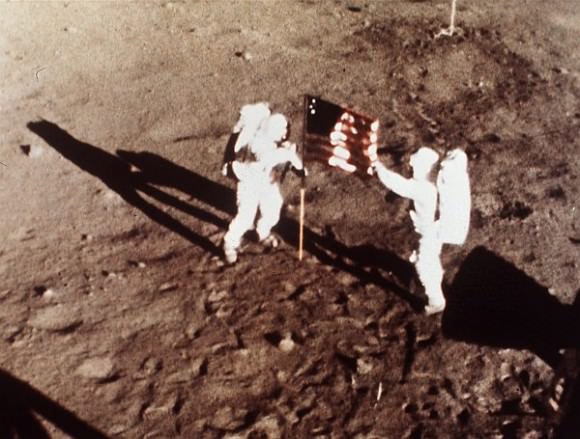
Looking to Article VI though, it states that governments are responsible for the actions of any party therein. So it is clear that the spirit of the treaty is meant to apply to all entities, be they public or private. As it states:
“States Parties to the Treaty shall bear international responsibility for national activities in outer space, including the moon and other celestial bodies, whether such activities are carried on by governmental agencies or by non-governmental entities, and for assuring that national activities are carried out in conformity with the provisions set forth in the present Treaty. The activities of non-governmental entities in outer space, including the moon and other celestial bodies, shall require authorization and continuing supervision by the appropriate State Party to the Treaty.”
In other words, any person, organization or company operating in space is answerable to their respective government. But since no specific mention is made of private ownership, there are those who claim that this represents a “loophole” in the treaty which allows them to claim and sell land on the Moon at this time. Because of this ambiguity, there have been attempts to augment the Outer Space Treaty.
The Moon Treaty:
On Dec. 18th, 1979, members of the United Nations presented an agreement which was meant to be a follow-up to the Outer Space Treaty and close its supposed loopholes. Known as the “Agreement Governing the Activities of States on the Moon and Other Celestial Bodies” – aka. “The Moon Treaty” or “Moon Agreement” – this treaty intended to establish a legal framework for the use of the Moon and other celestial bodies.
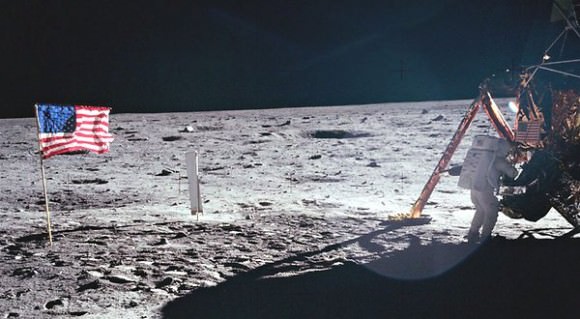
Much like the Outer Space Treaty, the agreement established that the Moon should be used for the benefit of all humanity and not for the sake of any individual state. The treaty banned weapons testing, declared that any scientific research must be open and shared with the international community, and that nations and individuals and organizations could not claim anything.
In practice, the treaty failed because it has not been ratified by any state that engages in crewed space exploration or has domestic launch capability. This includes the United States, the larger members of the ESA, Russia, China, Japan and India. Though it expressly forbids both national and private ownership of land on the Moon, or the use thereof for non-scientific, non-universal purposes, the treaty effectively has no teeth.
Bottom line, there is nothing that expressly forbids companies from owning land on the Moon. However, with no way to claim that land, anyone attempting to sell land to prospective buyers is basically selling snake oil. Any documentation that claims you own land on the Moon is unenforceable, and no nation on the planet that has signed either the Outer Space Treaty or the Moon Treaty will recognize it.
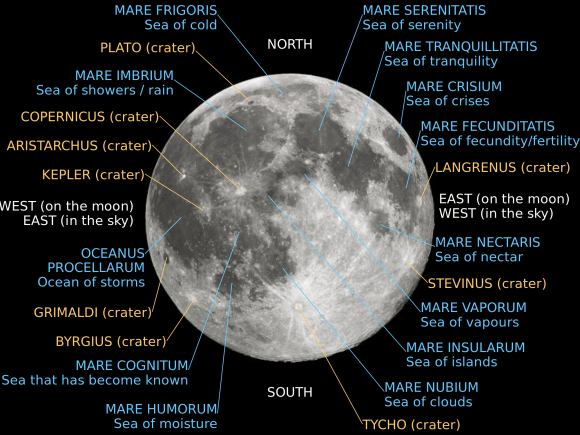
Then again, if you were able to fly up to the Moon and build a settlement there, it would be pretty difficult for anyone to stop you. But don’t expect that to the be the last word on the issue. With multiple space agencies looking to create “international villages” and companies hoping to create a tourist industry, you could expect some serious legal battles down the road!
But of course, this is all academic. With no atmosphere to speak of, temperatures reaching incredible highs and lows – ranging from 100 °C (212 °F) to -173 °C (-279.4 °F) – its low gravity (16.5 % that of Earth), and all that harsh Moon dust, nobody outside of trained astronauts (or the clinically insane) should want to spend a significant amount of time there!
We have written many interesting articles about the Moon here at Universe Today. Here’s Can you Really Name a Star?, Make a Deal for Land on the Moon, and our series on Building a Moon Base.
Want more information about the Moon? Here’s NASA’s Lunar and Planetary Science page. And here’s NASA’s Solar System Exploration Guide.
You can listen to a very interesting podcast about the formation of the Moon from Astronomy Cast, Episode 17: Where Did the Moon Come From?
Sources:


A fun read, thanks! Inevitably, some humans will probably live on the moon, likely state-sponsored. The idea of the moon will subtly change in our consciousness when we know there are people living up there. Maybe it won’t feel as dreamy and celestial. Or remote. A little bit of magic may be lost. But you know, because “progress”? The Martians will be even more interesting because they will probably start to evolve differently over time, physically and culturally. Then the two worlds can start worrying about waging war on each other, because “human nature”? I should be dead before this all really gets rolling, thankfully. Anyway, enjoy the quiet ideal of the moon while you can. For a short bit longer.
Sorry my friend but seems that you forgot a very important fact: actually no one can buy land on the moon but in the past a chilean man was the only owner’s moon take a look to this article and the myth still goes on:
https://es.wikipedia.org/wiki/Jenaro_Gajardo_Vera
regards
I_Z
I have to note here that the Chinese put a keyed LOCK on the door of their last space station. The mission commander had the only key.
“Now WHERE did I put that stupid key?” Is a statement you’ve probably uttered or heard? How do you say that in chinese? “????????????????”
I resent the very notion of any of these treaties whether it be territory on the moon or introduction of earth native biology. What hubris to even think this. These places are the very definition of frontier and therefore it’s first come, first serve. I’m in no way saying the moon should be owned by the United States any more then it should be owned by Martians. If you made it there, set up a homestead, then what you have is yours regardless of original citizenship on earth. Too many people have grown up under such idiotic rules and regulations within their own countries that they somehow are led to believe this is normal. If I were to ever acquire the ability of space travel and accompanied self sufficiency to remain there, I’d dare ANYONE to try to take it, tax it or control it in any way. I promise my portable fusion reactor WILL have a self destruct capability if I can’t keep those marauding scalawags away. ????